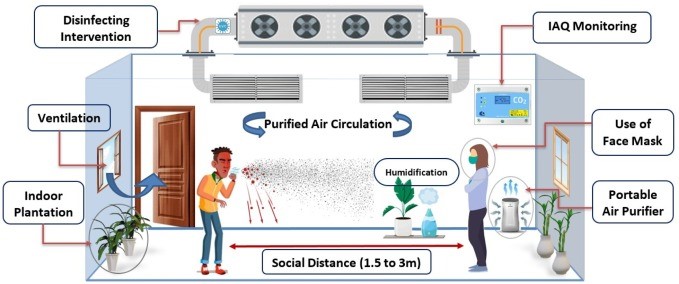Can Smarter Indoor Design Improve Air Quality?
Why in the News ?
As urban dwellers spend up to 90% of time indoors, experts highlight the growing risk of indoor air pollution. On World Health Day 2025, attention turned to whether building design can reduce health risks from poor indoor air quality.
Can Building Design Make a Difference?
- Proper design can drastically improve indoor air quality. Key elements include:
- Natural ventilation (windows, airflow) and sunlight.
- Use of indoor plants and non-toxic building materials.
- HEPA filters, air purifiers, and toxin-free cleaning products.
- Buildings like hospitals need sterile air but can still use strategic design like daylight integration, zone separation, and better ventilation systems.
Rethinking Construction and Retrofitting
- New constructions can easily include green elements and ventilation strategies.
- Retrofitting old buildings is possible but more challenging.
- Post-COVID, there is an increasing trend toward filtered air and design focused on health.
- Even simple steps like opening windows and adding plants can improve air in low-pollution areas.
Understanding Indoor Air Pollution:● Indoor air pollution is caused by both indoor sources (cooking, smoking, cleaning agents, materials like paint, furnishings) and outdoor air that infiltrates buildings. |




